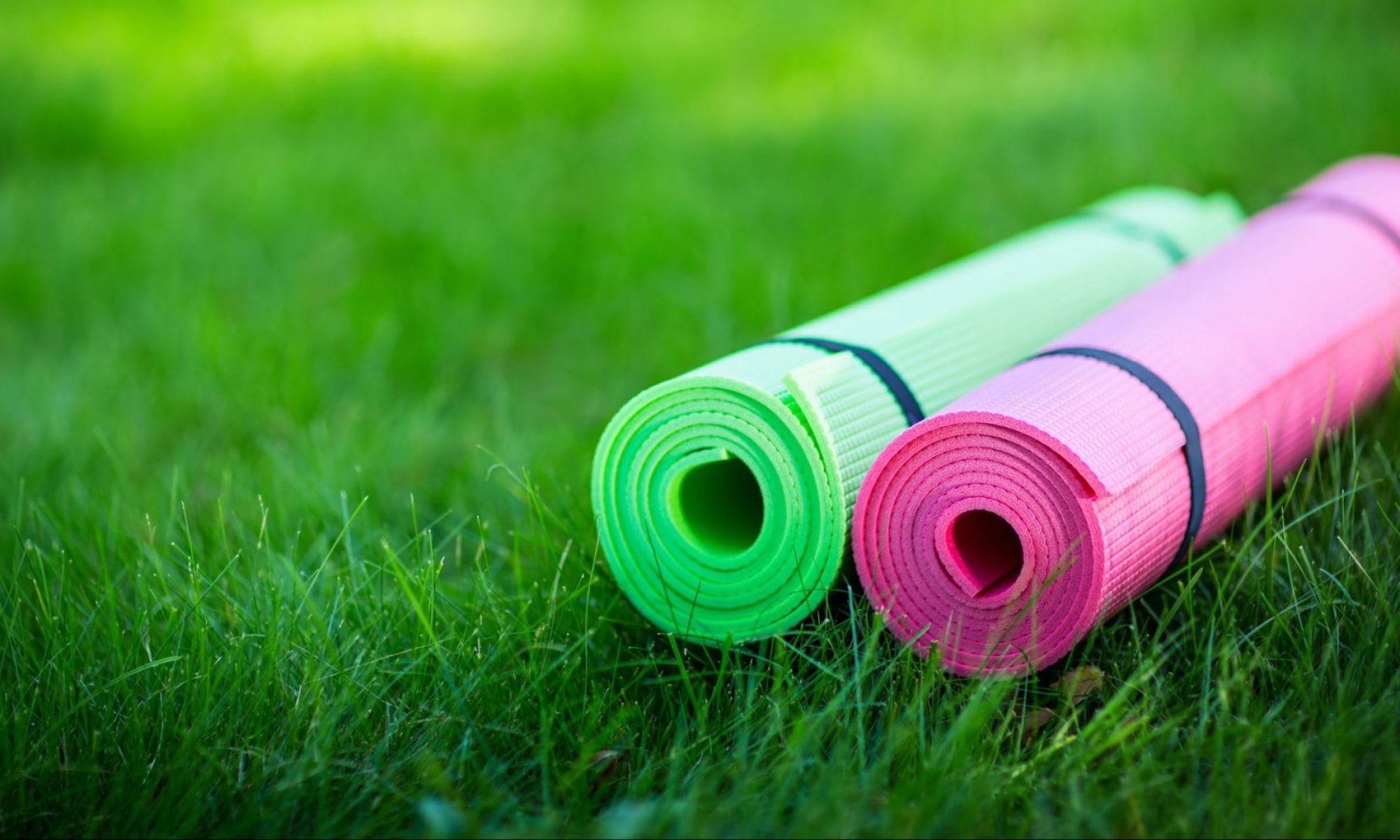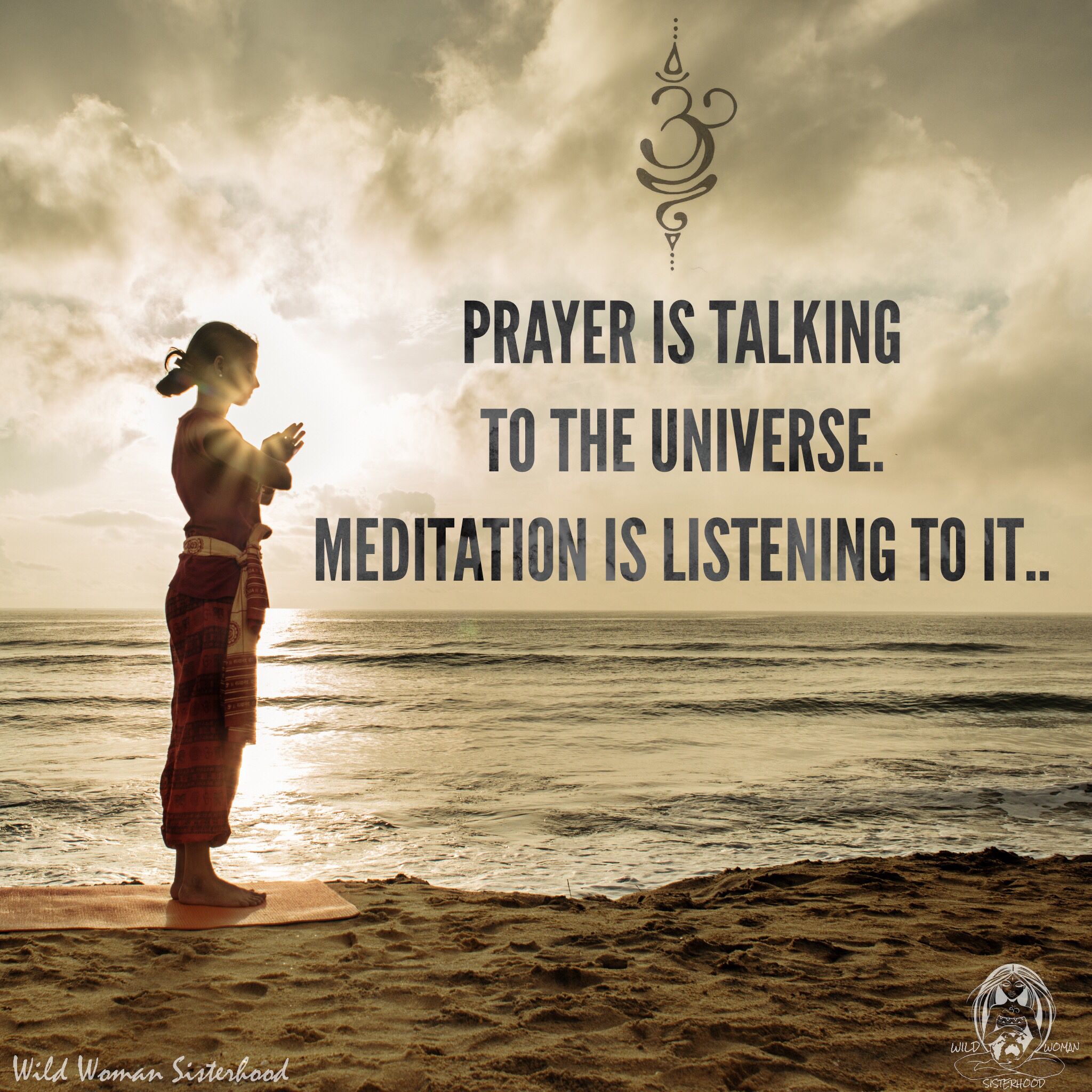I once asked a counselor “what is happiness?” and he told me that we humans are essentially spiritual beings, happiness is found and can be experienced only in the spirit. I thought to myself, what kind of mambo jambo is that, coming from a man of science. I took up yoga in my quest for a satisfying answer and to my pleasant surprise, I found it! Before I go on, I’d like to share what happiness is – its exactly what the counselor said. Of course!
Before yoga, most of my relationships were unstable, unpleasant and I was not happy with myself or the way life was shaping up. I would easily get irritated and angry. Controlling my emotions or being diplomatic was getting harder by the day. I was not an unkind person, I had not been unfair to anyone, then why was life being such a b*tch to me? My personal relationships felt superficial and the anger within weighed me down. I started immersing myself in work, an escapist strategy I’d say. I could only see suffering and struggle inside me and around me. Happiness was just not in the picture.
There are three ways to be happy :
- be responsible,
- be thankful and kind,
- be present.
When I started my yoga training, the first and the toughest lesson learnt was ‘concentrate on changing self, not others’, because that is where you have some control. Take responsibility for your own actions irrespective of what others say or do. An attitude of gratitude with service to others was learnt next. Being thankful for the smallest things is itself the greatest aspect of an amazing life experience. It is what makes us want to help others. The third lesson was ‘be present’, assess and accept reality. But I never understood that until we began studying the yoga sutras of rishi Patanjali. These three sources show us how to be happy but they don’t answer the question just yet – what is happiness?
The very first sutra ‘Atha Yoga Anushasanam’ which translates into Now Begins the Discipline of Awareness bears the ingredient of happiness. Yoga is awareness, awareness is happiness. Atha Yoga Anushasanam is Practice Happiness Now. The reason why I say this is because everyone wants to be happy but no one wants to be aware. ‘Our bodies exist in the past; our minds exist in the future. When we are aware, our bodies and minds come together in the present.’ (BKS Iyenger) Awareness can only be experienced in the present, in the now, in the moment just like happiness. ‘When you find yourself looking back in anger or looking forward in fear, take a pause and look around in awareness.’ (James Thurber)
Awareness is not easy because of daily life stresses and distractions. It actually takes practice and discipline, which makes me think, gosh, what a load of work, isn’t it supposed to come naturally? It does over time when you transition from negative thinking patterns to positive mind scripts using the three ways mentioned above.
A happy person makes others feel the same. The essence of being joyful is feeling light or shall i say, feeling the light. There is a light, an energy within each one of us. At this point, you may think that I have given into the mambo jambo of spirituality. But think of it this way; Calm is at the core of our being. Every other emotion is at the periphery.
Calm is not nothingness, it is rest, it is like a pause. On the extreme negative it becomes daftness, you can’t think straight, you become blank. But on the extreme positive it becomes self assurance, you start thinking clearly and realistically and the clarity of your thoughts and vision gives you a sense of control and well-being. This force is indescribable, it makes one humble and not arrogant.
Happiness and pleasure are not the same. Know the difference and recognize the experience. If you disagree then think of all the things that bring you pleasure. While pleasure is derived from all things material and does not last long, Happiness is always spiritual and can become a consistent life experience depending on how aware you are. Today, I feel humbled to say that thanks to Atha Yoga Anushasanam, life’s a beach!


